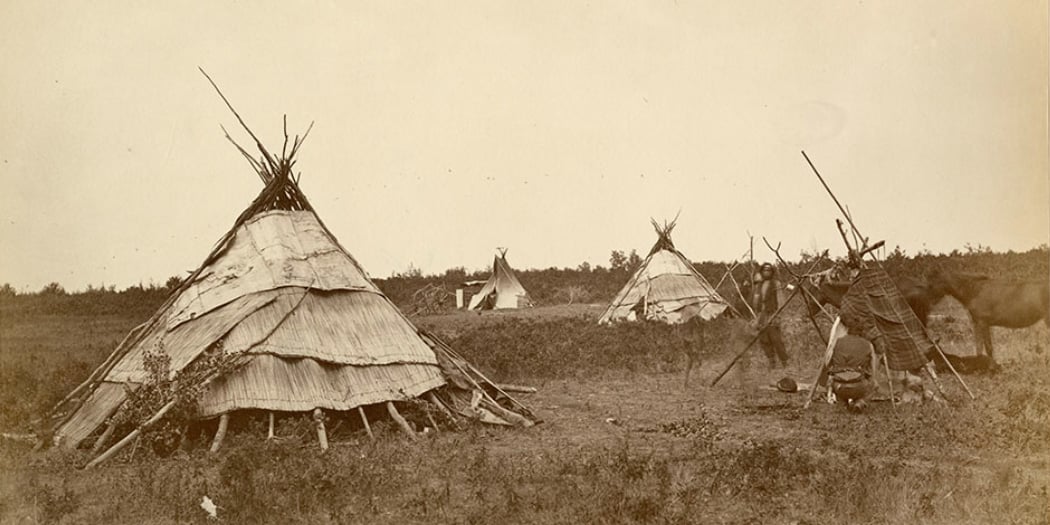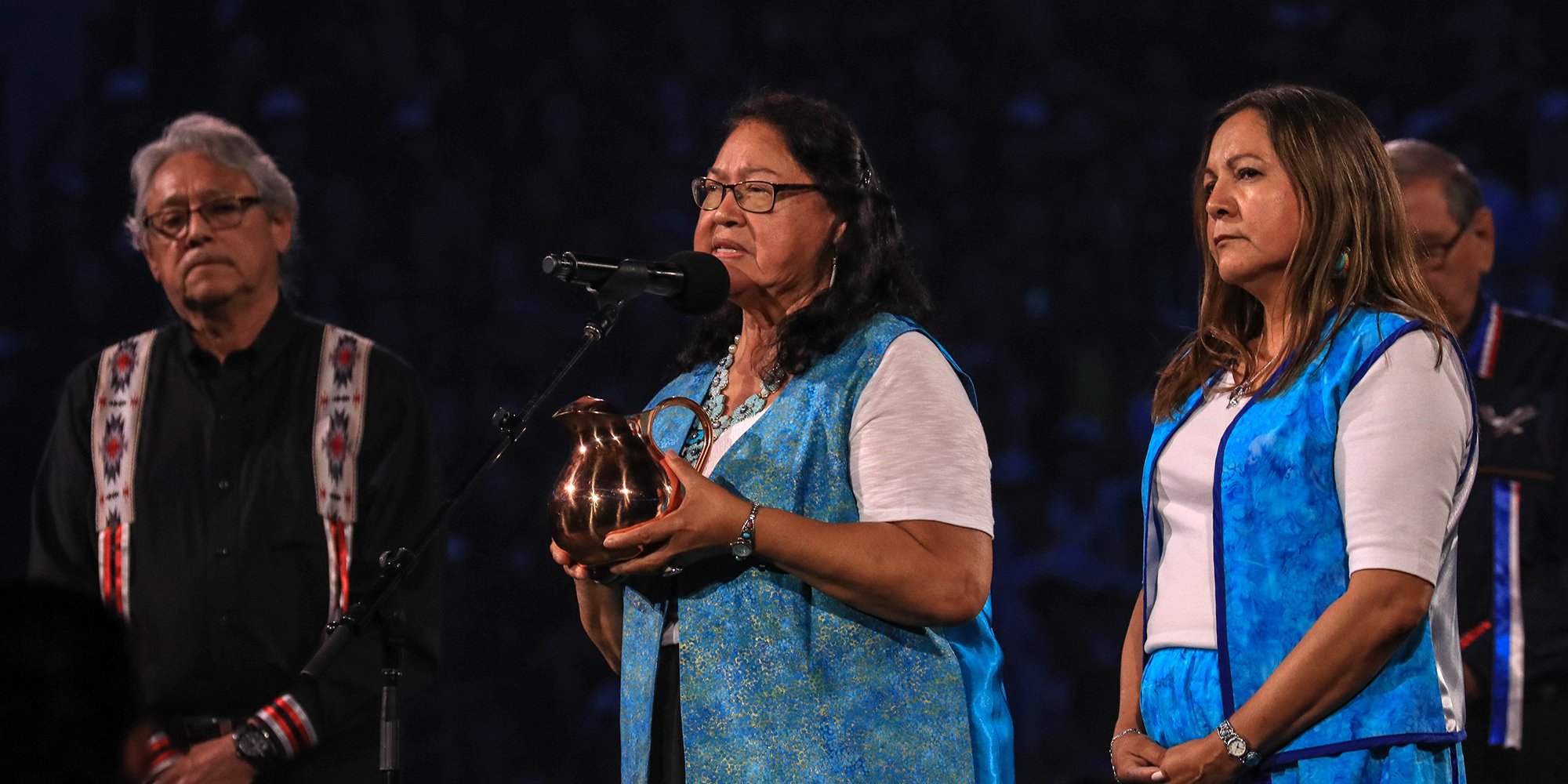First Nation Name Dropping - Good Idea or Bad Idea?
To name drop or not to name drop... that is the question. Many people assume that it is okay to name-drop as they move from community to community in...

There has been a long-held idea that all Indigenous Peoples were nomadic peoples living in primitive conditions roaming the land searching for their next meal. There is a great deal of archaeological evidence to suggest that while some Indigenous Peoples were nomadic a great number were not.
For example, midden sites in coastal British Columbia date back thousands of years. A midden site is where Indigenous People heaped their clam shells after consumption. Archaeologists use these midden sites to count the layers of clam shells like rings on a tree to see how long and how many people lived in an area. This is a clear indication that some Indigenous Peoples were stationary, and if they did move, it was to go from a summer house site to a winter house site. In the Fraser Valley, one of the popular Sto:lo First Nation sites at Xá:ytem is dated at about 9000 years, providing evidence of continued occupation of one site for 9000 years.
There were other Peoples who did move around throughout the year; fishing in one place in the summer and hunting in another place in the winter but it was always within a traditional territory. Sometimes those territories were shared with other communities; for example, the Cree, Assiniboine and Ojibway share a similar history and cultural traditions due to their use of overlapping territory for hunting and gathering of food.
Our Indigenous awareness courses cover the common misconceptions held by some non-Indigenous people.
Featured photo: Summer lodges of the Ojibway taken in the vicinity of Dufferin, Manitoba between 1872 and 1873. Photo: Credit: Library and Archives Canada / PA-121615

To name drop or not to name drop... that is the question. Many people assume that it is okay to name-drop as they move from community to community in...

The following First Nation Elder protocol question popped up in our inbox and we are really grateful for the opportunity to respond. We appreciate...

The funny thing about building effective relationships and Indigenous name-dropping is that unless you are very sure of your audience, you can have...